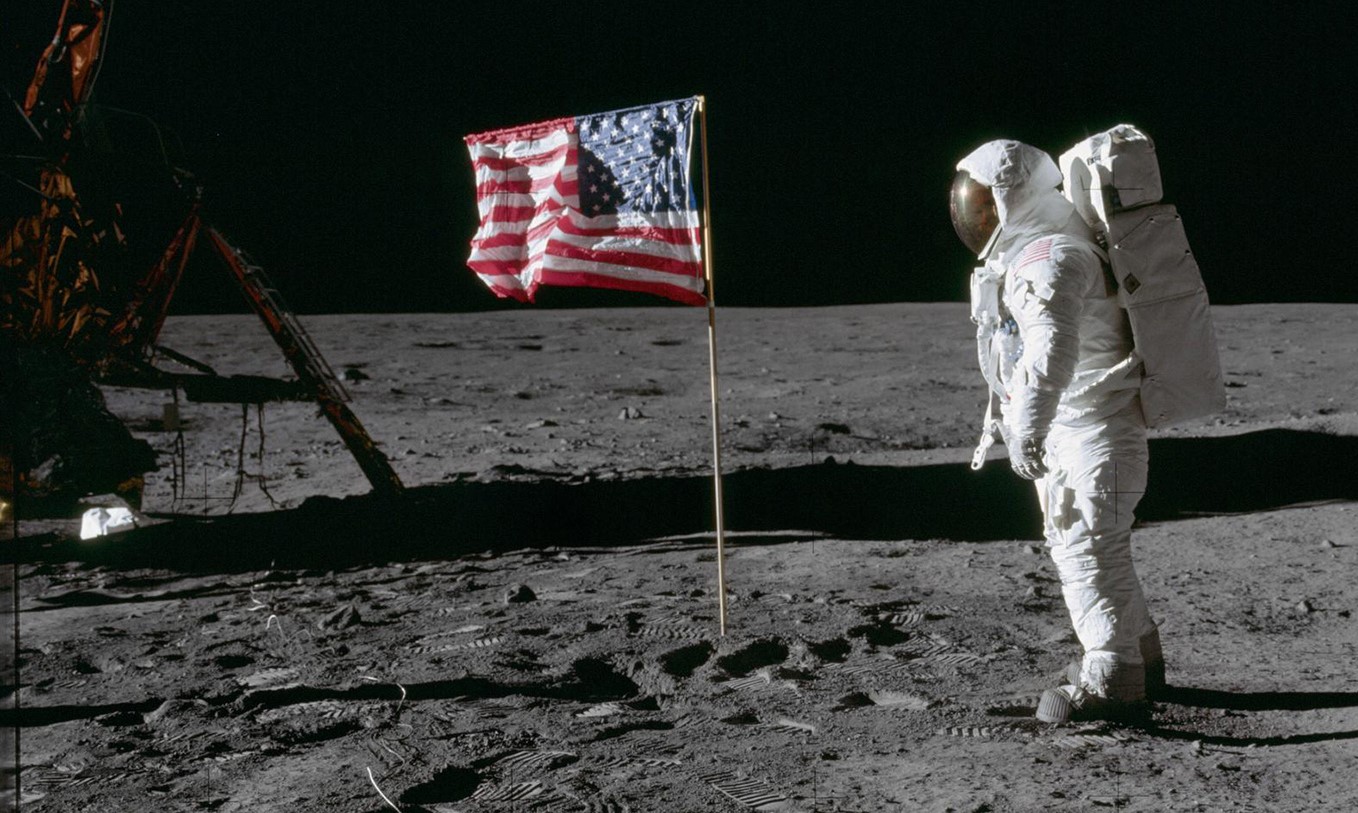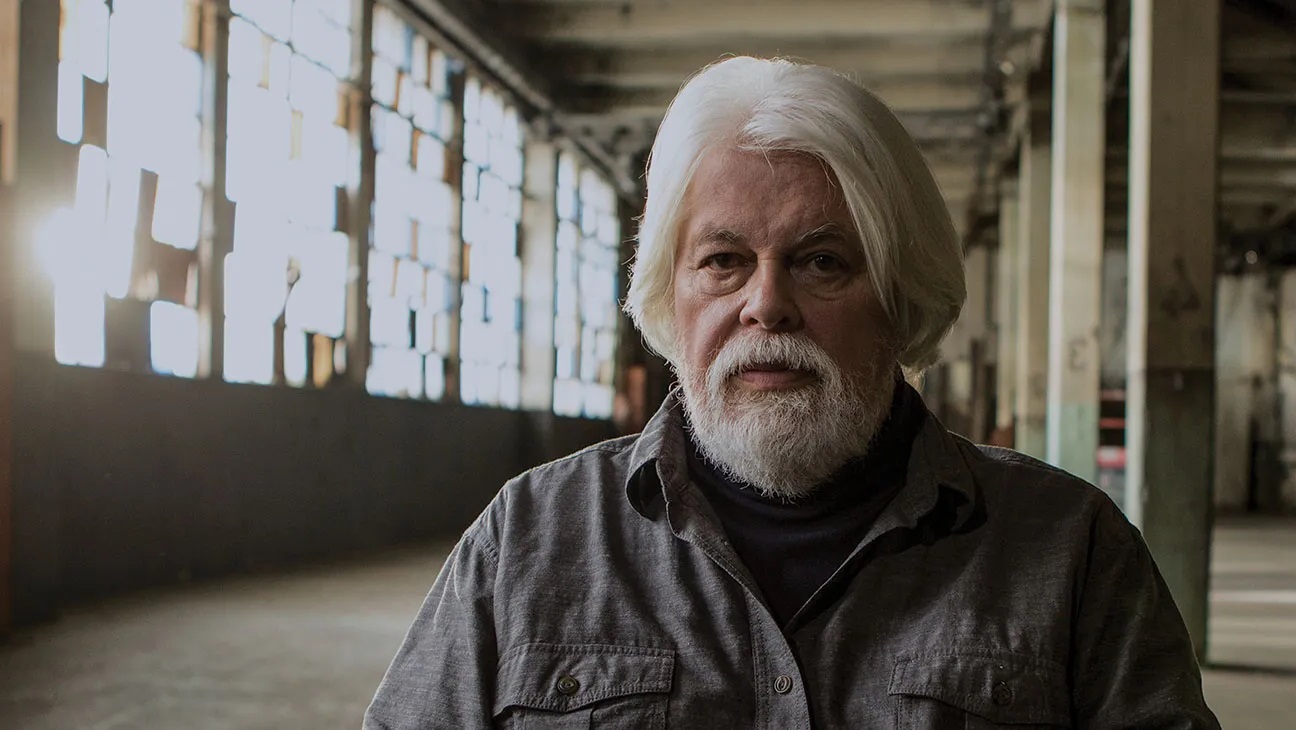
The Space Race, a fierce competition between the United States and the Soviet Union, captivated the world during the mid-20th century. It was a race to conquer the final frontier – outer space. While most people are familiar with the iconic moments of the Space Race like the first human landing on the moon, there are several lesser-known and surprising facts that shaped this historic event. In this article, we will delve into 11 such surprising facts about the Space Race that will ignite your curiosity and shed light on the incredible achievements and challenges faced by both superpowers. From secret space missions to close calls and technological advancements, get ready to embark on a journey through the fascinating world of the Space Race.
Key Takeaways:
- The Space Race led to groundbreaking technologies like lightweight materials and miniaturized electronics, benefiting both space exploration and everyday life on Earth.
- The competition between the US and Soviet Union in the Space Race fueled advancements in technology and set the stage for future space exploration endeavors.
The Space Race spurred the development of groundbreaking technologies.
The race to reach space led to significant advancements in technology that ultimately benefited various industries. It prompted the creation of lightweight materials, miniaturized electronics, and efficient fuel systems, all of which revolutionized not only space exploration but also everyday life on Earth.
The first living creatures to go to space were fruit flies.
In 1947, the United States launched a V-2 rocket carrying fruit flies to study the effects of radiation at high altitudes. This marked the beginning of using living organisms for scientific research in space.
Yuri Gagarin became the first human to orbit the Earth.
In 1961, Soviet cosmonaut Yuri Gagarin made history by becoming the first person to successfully complete an orbit of the Earth. This achievement solidified the Soviet Union’s early lead in the Space Race and stunned the world.
The Apollo 11 mission successfully landed humans on the moon.
In 1969, the United States accomplished the monumental feat of landing humans on the moon. Astronauts Neil Armstrong and Buzz Aldrin became the first and second individuals to set foot on the lunar surface, marking a significant victory for the US in the Space Race.
Sally Ride became the first American woman in space.
In 1983, Sally Ride broke barriers by becoming the first American woman to travel to space as an astronaut. Her historic mission aboard the Space Shuttle Challenger paved the way for future generations of female space explorers.
Laika the dog became the first living creature to orbit the Earth.
In 1957, the Soviet Union launched a spacecraft named Sputnik 2 carrying a dog named Laika. While Laika unfortunately did not survive the mission, her journey marked a significant milestone in space exploration.
The Space Race led to the creation of the International Space Station.
Initially started as separate projects by the United States and Soviet Union, the International Space Station (ISS) eventually became a collaborative effort between multiple countries. This orbiting laboratory has served as a symbol of international cooperation in space exploration.
The Space Race was fueled by political tensions and ideological rivalry.
The Space Race was not solely about scientific advancements and exploration. It was also deeply intertwined with the political tensions and ideological rivalry between the United States and Soviet Union during the Cold War. Both nations saw the success of space missions as a way to assert their superiority.
Space exploration has led to numerous technological spin-offs.
The innovations developed during the Space Race have had far-reaching effects beyond space exploration itself. Technologies such as satellite communications, portable cordless vacuum cleaners, and memory foam were all spin-offs of the research and development conducted during the race to space.
The Soviet Union launched the first artificial satellite, Sputnik.
In 1957, the Soviet Union shocked the world by successfully launching the first artificial satellite, Sputnik. This achievement marked the beginning of the Space Age and triggered a wave of panic and concern in the United States, spurring them to accelerate their own space program.
The Space Race set the stage for future space exploration endeavors.
The competition between the United States and Soviet Union fueled advancements in technology and laid the foundation for future space exploration missions. The lessons learned during the Space Race continue to inform and inspire scientists and engineers in their quest to explore the vast unknowns of the universe.
Conclusion
In conclusion, the Space Race was an extraordinary chapter in human history that pushed the boundaries of what we thought was possible. It was a competition that spurred incredible advancements in science, technology, and exploration. The 11 surprising facts about the Space Race highlighted in this article showcase the determination, innovation, and bravery of the individuals involved.From the unexpected animal astronauts to the secret lunar cameras, these facts reveal the hidden stories and fascinating details behind the Space Race. It is a testament to humanity’s unquenchable thirst for knowledge and the desire to explore the unknown.As we continue to delve deeper into the mysteries of the universe, let us not forget the lessons learned from the Space Race. It has shown us that collaboration, perseverance, and a collective will can achieve extraordinary feats. The legacy of the Space Race lives on, inspiring future generations to reach for the stars.
FAQs
Q: What was the purpose of the Space Race?
A: The Space Race was a competition between the United States and the Soviet Union to demonstrate each country’s technological prowess and ideological superiority during the Cold War.
Q: How did the Space Race start?
A: The Space Race began on October 4, 1957, when the Soviet Union launched the first artificial satellite, Sputnik 1. This event sparked a sense of urgency and a desire for the United States to catch up.
Q: Who were the key players in the Space Race?
A: The key players in the Space Race were the United States and the Soviet Union. NASA represented the United States, while the Soviet space program was led by organizations such as Roscosmos.
Q: What were some significant milestones in the Space Race?
A: Some significant milestones include the first human in space (Yuri Gagarin), the first American in space (Alan Shepard), the first woman in space (Valentina Tereshkova), and the Apollo 11 moon landing.
Q: How did the Space Race impact technology and science?
A: The Space Race led to countless technological advancements, including the development of satellites, computer systems, and materials used in space exploration. It also accelerated scientific research in various fields, such as astrophysics and medicine.
Q: Was there cooperation between the United States and the Soviet Union during the Space Race?
A: While competition was fierce during the Space Race, there were moments of cooperation. One example is the Apollo-Soyuz Test Project in 1975, where an American and Soviet spacecraft docked in space.
Q: How did the Space Race impact society?
A: The Space Race inspired generations, fostering an interest in science and technology. It also led to the creation of new industries, such as the commercial space sector, and increased global cooperation in space exploration.
Q: Did any accidents or setbacks occur during the Space Race?
A: Yes, there were several accidents and setbacks during the Space Race, including the tragic Apollo 1 fire and the Soviet Soyuz 1 mission, which resulted in the death of the cosmonaut onboard.
Q: Who won the Space Race?
A: The United States is widely regarded as the winner of the Space Race due to achieving the ultimate goal of landing astronauts on the Moon with the Apollo 11 mission in 1969.
Q: How did the Space Race come to an end?
A: The Space Race came to an end with the Apollo-Soyuz Test Project in 1975, where an American and Soviet spacecraft docked in space. This mission symbolized a mutual understanding and marked the beginning of space cooperation between the two superpowers.
Hungry for more captivating space exploration facts? Satisfy your curiosity with our enthralling articles that take you on a thrilling ride through history. From the incredible feats of Apollo 11 astronauts to the awe-inspiring moon landings, uncover a treasure trove of knowledge. But wait, there's more! Get a glimpse into the life of Leonid Brezhnev, a key figure during the Space Race era. These fascinating reads will leave you yearning to explore the vast wonders of the universe and appreciate the remarkable achievements of humankind in space.
Was this page helpful?
Our commitment to delivering trustworthy and engaging content is at the heart of what we do. Each fact on our site is contributed by real users like you, bringing a wealth of diverse insights and information. To ensure the highest standards of accuracy and reliability, our dedicated editors meticulously review each submission. This process guarantees that the facts we share are not only fascinating but also credible. Trust in our commitment to quality and authenticity as you explore and learn with us.


